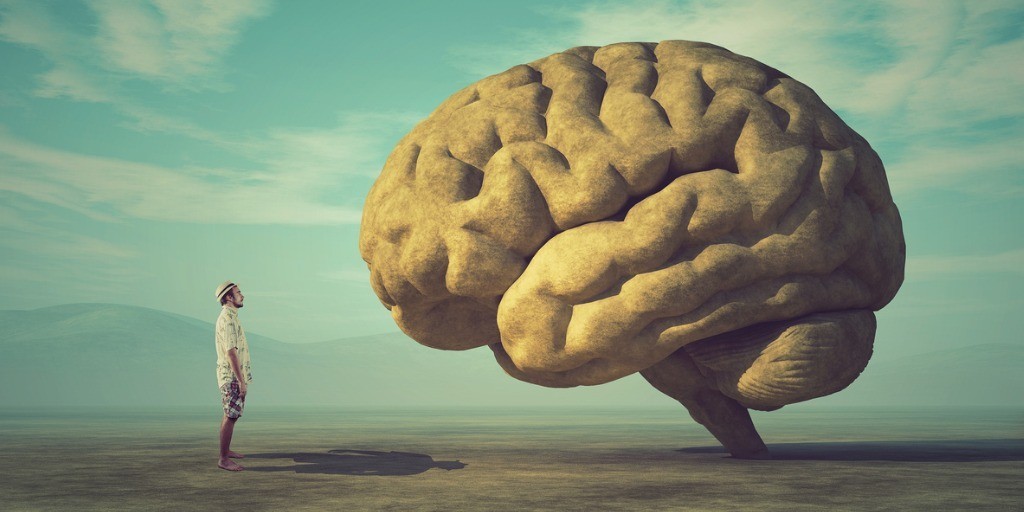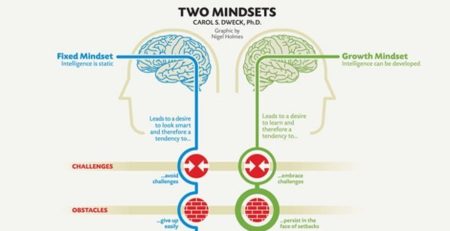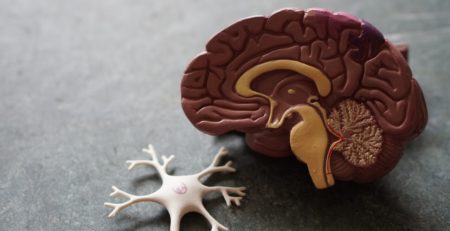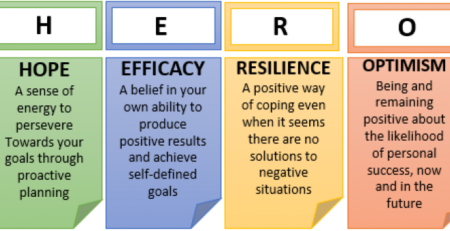What is the Mind? Part 1.
Prior to start cultivating a mindfulness practice, it is important to reflect, understand and define a common language on what the mind actually is.
Google defines the mind as: “The element of a person that enables them to be aware of the world and their experiences, to think, and to feel; the faculty of consciousness and thought.” – not bad – thanks Google!
According to Buddhist psychology (abhidharma), the mind is explained through a framework named The 5 Aggregates, which describes key aspects of the human mind:
- Body or Form (rupa) – This aggregate is about the material or physical factors (i.e. our bodies) and it includes, in particular, the 5 sense organs (eye, ear, nose, tongue, body/skin) and the corresponding physical objects of the sense organs (sight, sound, smell, taste and tangible objects).
- Feelings or Sensations (vedana) – This aggregate of sensation or feeling is of three kinds – pleasant, unpleasant and indifferent. When an object is experienced, that experience takes on one of these emotional tones, the tone of pleasure, the tone of displeasure, or the tone of indifference. This is the emotional dimension of the mind.
- Perception or Memory (sanna) – The function of perception is about how we interpret or recognise an idea or experience followed by mental labeling. This is the conceptual dimension of the mind.
- Thoughts or mental processes (sankhara) – This aggregate is about our mental actions. This is the moral dimension of the mind.
- Consciousness (vinnana) – Both the eye and the visible object are the physical elements, therefore they are not enough to produce experience by themselves. Only the co-presence of consciousness together with the eye and the visible object produces experience. Similarly, ear, nose, tongue and body are the same. Consciousness is therefore an indispensable element in the product of experience. Consciousness is mere awareness, or sensitivity to an object. When the physical factors of experience, e.g. the eyes and visible objects come in contact, and when consciousness also becomes associated with the physical factors of experience, visual consciousness arises. It is not just the personal experience. The way that our personal experience is produced is through the functioning of the three major mental factors of experience, i.e. the aggregate of perception and mental formation. There are:
- eye consciousness
- ear consciousness
- nose consciousness
- tongue consciousness
- body consciousness
- mind consciousness
Next week I will release “What is the Mind? Part 2.” where I will share a mind definition from Dr. Dan Siegel, a Neurobiologist and Mindfulness teacher. Stay tuned!
To learn more about the 5 Aggregates check out the articles below:
https://tricycle.org/magazine/five-aggregates/
http://www.buddhistdoor.com/OldWeb/bdoor/archive/nutshell/teach11.htm
That best of blessings. A contended mind. – Horace
#Mindfulness #MindTraining #Buddhism #Awareness #Consciousness #Reflection #Neurobiology #Intuition #Heart #ZenHighAchiever













Leave a Reply